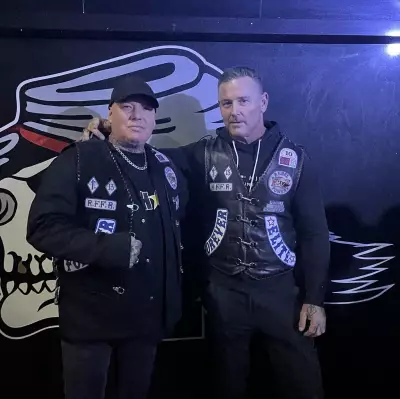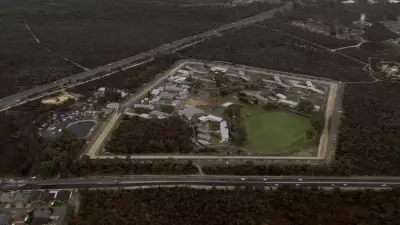
Forensic experts have provided chilling details about their search for blood and DNA evidence in the murder trial of Toyah Cordingley, the 24-year-old pharmacy worker whose brutal killing shocked the Cairns community and sparked an international manhunt.
Forensic Evidence Takes Center Stage
The Cairns Supreme Court heard detailed accounts from forensic scientists who examined critical evidence in the case against Rajwinder Singh, the 38-year-old Indian national accused of murdering Ms Cordingley on Wangetti Beach in October 2018. Forensic scientist Dr Allen Jacobsen testified about his examination of a black shirt discovered near the crime scene, revealing he conducted multiple tests to detect the presence of blood.
Dr Jacobsen told the court that while initial examinations didn't reveal visible blood stains, he employed chemical testing and alternative light sources to detect potential biological material. The forensic expert explained that his comprehensive analysis included using luminol, a chemical that detects the presence of blood, even when it's not visible to the naked eye.
The Crime Scene Investigation
Another forensic specialist, Jodie Ledgar, detailed her work examining a knife that was discovered near where Ms Cordingley's body was found. The court heard that Ms Ledgar conducted extensive DNA testing on the weapon, carefully documenting any biological material that could be linked to either the victim or the accused.
The forensic testimony revealed the painstaking nature of the investigation, with experts spending hours analyzing items recovered from Wangetti Beach, approximately 40 kilometres north of Cairns. Ms Cordingley had been walking her dog along the beach on October 21, 2018, when she was attacked and killed in what prosecutors describe as a violent assault.
International Manhunt and Arrest
The court previously heard that Singh, an aged care nurse who had been living in Australia, fled to India shortly after the murder. This triggered an extensive international investigation that lasted nearly four years before his eventual arrest. Australian authorities worked closely with Indian police to locate and extradite Singh, who was finally returned to Queensland to face trial in 2022.
The prosecution alleges that Singh acted alone when he attacked Ms Cordingley on the remote beach. The defense, however, has indicated they will challenge the forensic evidence and the circumstances surrounding Singh's identification as the perpetrator.
As the trial continues before Justice Dean Morzone, the forensic testimony provides crucial insight into the scientific investigation that followed the tragic discovery of Ms Cordingley's body. The case has drawn national attention and highlighted issues of beach safety in regional Australia, while the Cairns community continues to seek justice for the young woman whose life was brutally cut short.





